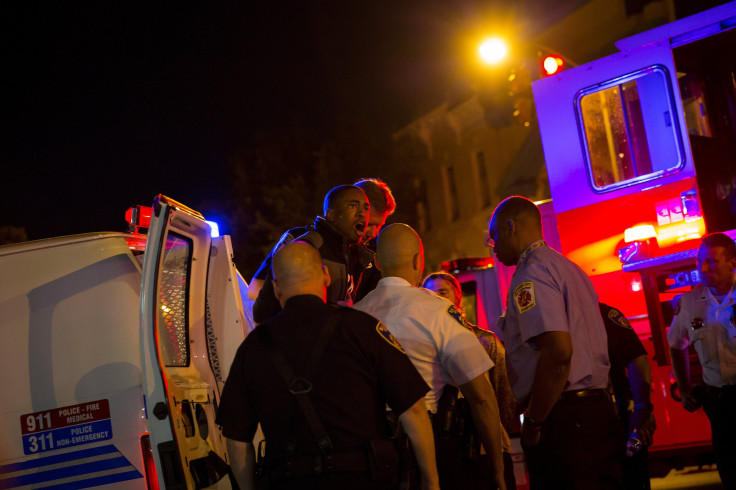Police Related Deaths: Mental Disability Victims Comprise Half Of Those Killed By Law Enforcement, Report Says

While increased attention has been given in the past two years to how police interact with ethnic minorities, a new report proposes that police interactions with people with disabilities still fall by the wayside in terms of media coverage and policy. A third to a half of all people killed by police between 2013 and 2015 suffered from some sort of mental disability, a new report from the Ruderman Family Foundation released last week said.
Often when incidents are reported on involving police-related deaths, the disability aspect of the case goes unmentioned. Because there isn’t a legal requirement for police agencies to aggregate numbers of incidents involving police and disabled people, there isn’t any comprehensive data set available to see for sure how often police use force against disabled people, the authors of the report argued.
“When disabled Americans get killed and their stories are lost or segregated from each other in the media, we miss an opportunity to learn from tragedies, identify patterns, and push for necessary reforms,” wrote the authors of the report, historian David Perry and disability expert Lawrence Carter-Long.
“Disability is the missing word in media coverage of police misuse of force,” they went on to write.
The report delved into a number of high profile police-related deaths of African-Americans where media coverage focused much of its attention on race, including that of Freddie Gray, a 25-year-old black man who died while in the custody of Baltimore police in April 2015. Gray, however, was less known for being a victim of lead poisoning, which can cause intellectual disabilities.
Recent @RudermanFdn White Paper on #Media coverage of #police violence and #disability covered @NBCNews https://t.co/G553FawvTq @AriMelber
— Jay Ruderman (@JayRuderman) March 15, 2016
Police experts have said one of the most important things an officer can do when coming into contact with a suspect is evaluating all the problems he or she might be facing. “Officers are action-oriented people,” Jim Cavanaugh, a former federal agent and MSNBC analyst, said.
“The training always has to be a slow evaluation — if possible,” he went on to say.
© Copyright IBTimes 2024. All rights reserved.





















